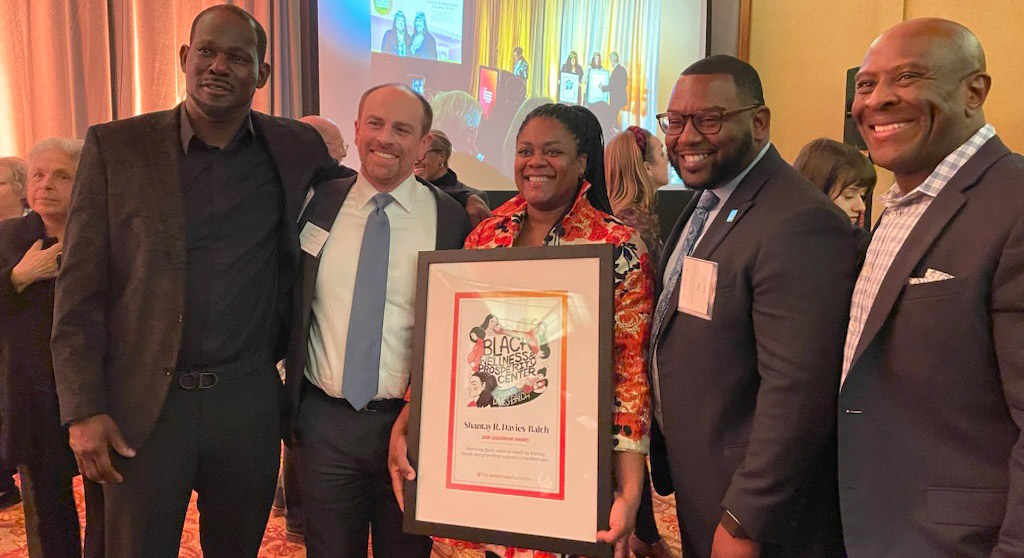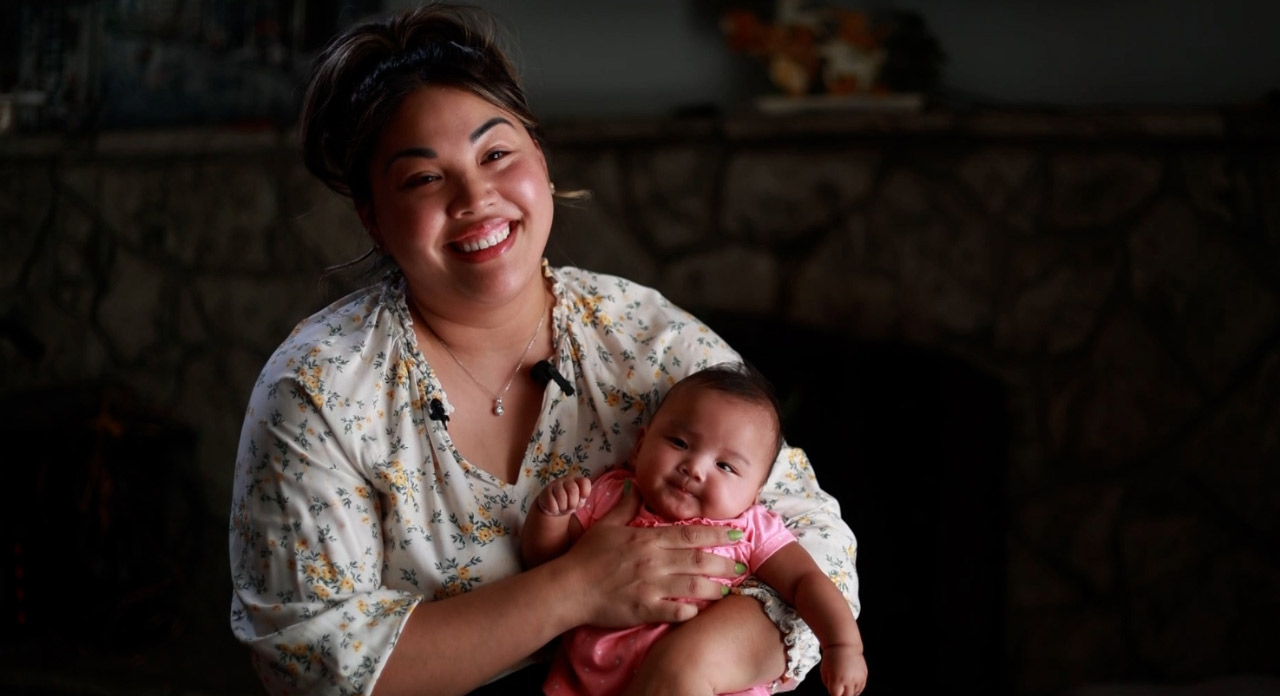For over a year, 26-year-old Jordan Mendoza struggled with acid reflux that grew more debilitating each month.
“I had trouble swallowing and then weakness in my upper muscles, so I went to the doctor,” Mendoza says. “Because of COVID-19 everything was really spaced out and they would send me here, send me there, to see a specialist.”
But doctors elsewhere were unable to diagnose her and she experienced a lot of back-and-forth medical visits with no answers.
“One night I was laying down and I aspirated — the acid reflux went into my lungs — so my fiancé told me we had to go to the hospital, because it was affecting my breathing,” Mendoza describes.
He rushed her to Community Regional Medical Center — the Valley’s only hospital with multiple specialists and UCSF Fresno faculty doctors to treat and diagnose high-level-care patients like Mendoza. Teams of specialists went to work figuring out her mystery symptoms.
Community Medical Centers’ nearly 45-year partnership with UCSF, one of the nation’s top rated medical schools, helps attract experts and research to the Valley to treat rare diseases. Patients like Mendoza benefit from the access to top medical care in a region with some of the biggest doctor shortages in California.
Collaboration between specialists was key
“There was somebody from every part of the hospital coming in to check on me, coming in to tell me what they got from the information,” Mendoza says. “It was really encouraging to have all these different specialists working my case.”
“So Jordan came to Community Regional after she had an episode of respiratory failure. She had significant reflux and that went into her lungs. And because of that, she couldn't breathe on her own and had to be put on a ventilator,” explains Kaylee O’Brien, a speech pathologist at Community Regional who cared for Mendoza.
“She was seen by almost every specialized team that we have here in the hospital, like the pulmonary team, gastroenterologists, hospitalists, and the list goes on,” O’Brien continues. “It was definitely a collaboration of all of the teams trying to get to the bottom of what this disease process is.”
And what they found wasn’t something O’Brien had ever seen before.
“It’s called brachio-cervical inflammatory myopathy. It’s super, super rare,” she says.
‘Super, super rare’ disease affects all upper body muscles
O’Brien describes it as a progressive muscle weakness that affects Mendoza’s muscles for swallowing and her upper extremities. She says because of the weakness, Mendoza would have things go down the wrong way, or something she swallowed would go down into her stomach and then come back up into her lungs. And since Mendoza’s cough muscles were weak, she’d have a hard time coughing things up or defending her airway.
Because of the multidisciplinary teams’ research and diagnosis, Mendoza finally knew what was wrong.
“I was so relieved. I just wanted answers for so long. And I didn't have any before,” Mendoza says.
During her four-month hospital stay, Mendoza had been back-and-forth from the ICU to rehab three times before she started to improve.
Rehab teams help retrain, strengthen after long hospital stay
“This is my third time in rehab. This is finally the first time where all the medicines are right, and I'm not experiencing acid reflux that leads to anything like affecting my breathing. Finally, everything's right this time,” Mendoza says.
During her recovery, Mendoza dreamed of seeing her family again — especially her 3-year-old daughter Maya who she’s only seen via iPad for four months because of COVID-19 visitor restrictions.
“She’s so happy. She says she’s going to take care of me, help me exercise,” Mendoza says about when she is released home.

Mendoza worked hard to strengthen her body to go home, which required her to be weaned off the ventilator, a tracheostomy and a feeding tube. The team worked slowly to get her stomach used to food again since she hadn’t eaten anything in months.
On the sixth-floor Leon S. Peters Rehabilitation Center, she spent hours each day working with weights, exercises and treatments to strengthen all her muscles. And Mendoza’s hard work paid off when she learned she would be discharged on March 18 — four months and four days after she'd been admitted.
Cheers for Mendoza’s long-term recovery and family reunion
“She has maintained an amazing positive attitude, and this incredible motivation. Even with all these setbacks, she has kept fighting and it is paying off now,” O’Brien praises. “Because she's doing incredible not just with her swallowing and breathing but also in physical therapy and occupational therapy … so we're really proud of her.”
The rehab staff lined the hall the day of Mendoza's discharge (socially distanced) to wish her well and cheer her on the way to the elevator. Waiting on the ground floor were more socially distanced ICU caregivers waving goodbye. And outside, news cameras awaited her reunion with her family and Maya.

As her wheelchair cleared the hospital’s glass exit doors, Maya raced to jump in her mom’s lap. Dozens of hospital workers looked on from the windows of the lobby. Media held out microphones to capture their first words … but all was silent for the long-awaited hug between toddler and mom.
And then Mendoza set her daughter down, unhooked her safety strap and stood up from the wheelchair. Her caregivers looking on cheered loudly, not a dry eye in the house. It’s the moment they’d worked for, been waiting for — priceless — as Mendoza walked back into the arms of her family.






